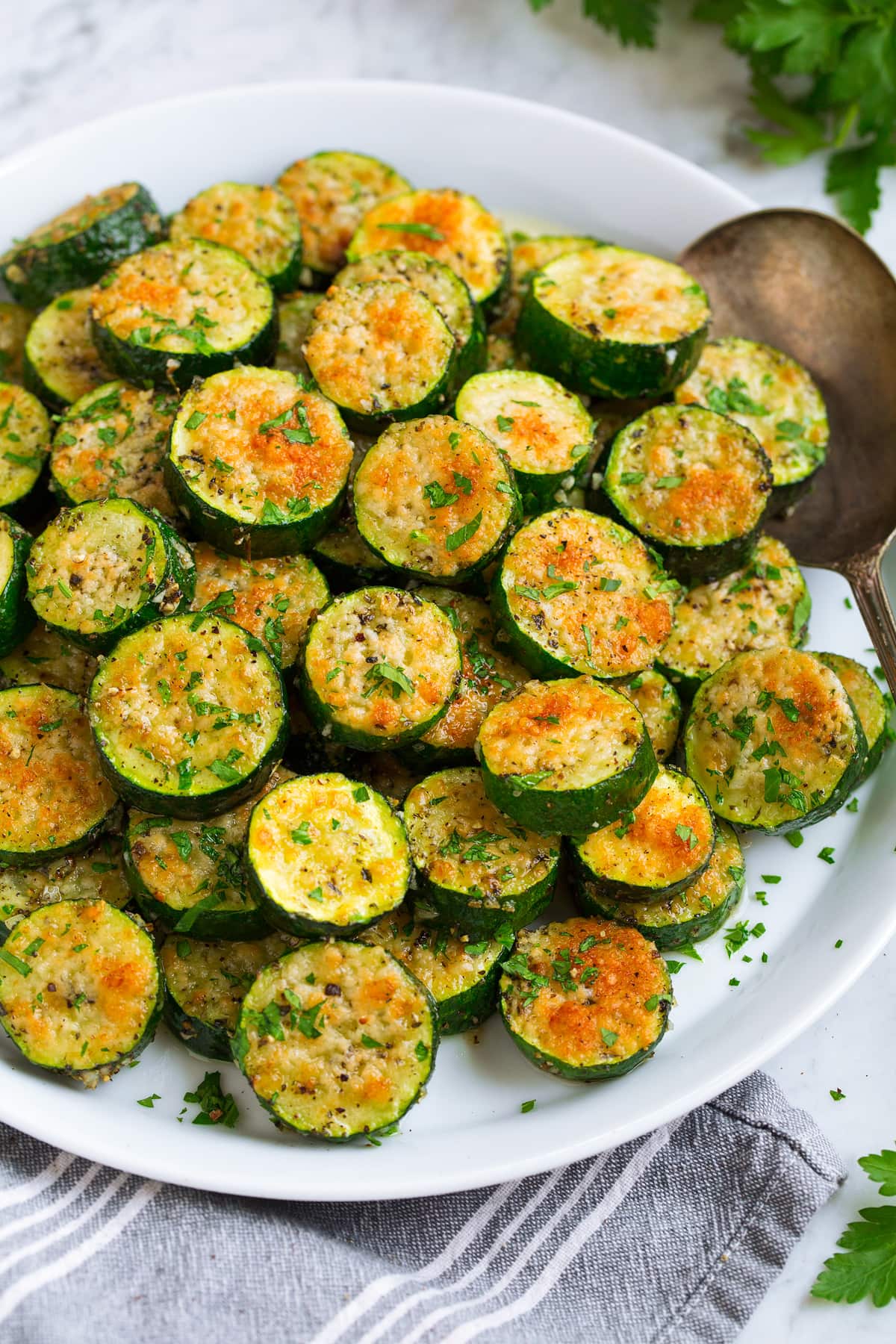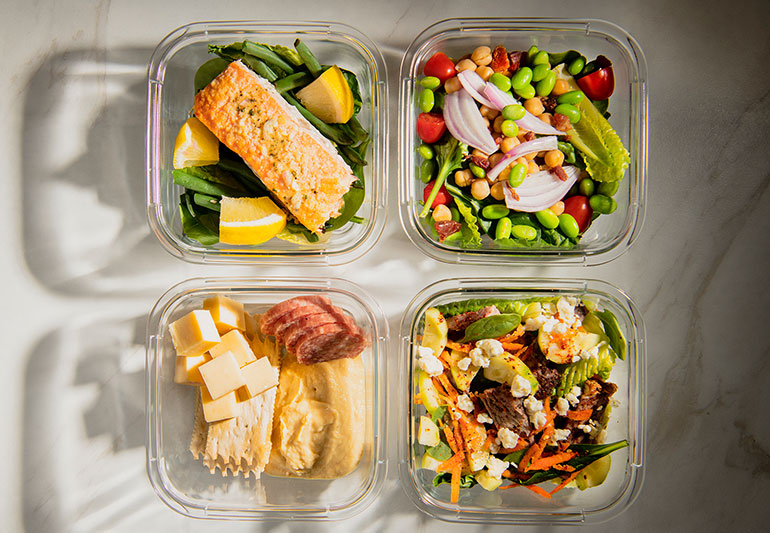
You're likely to have tried advanced cooking techniques if you are a passionate cook. French and Chinese methods are common. But what about Japanese and Chinese methods of cooking? You'll want to learn the best techniques for steaming and poaching as well. Read on to discover how these methods work and why you need to learn them. These techniques can be applied in everyday cooking. And don't forget to keep an eye out for cookbooks that explain these cooking methods in detail.
French cooking techniques
French cooking is based on traditional methods. French chefs have been known for their ability to arrange everything and cook it slowly at low temperatures. Confit refers to slow cooking of a variety foods in fat with low heat. Similar to the previous method, they also use alcohol as sauces. Flambeing is most commonly used to make desserts. However the alcohol in it can also be used while the food is still cooking to enhance the flavor.
Chinese cooking techniques
The traditional Chinese kitchen is filled with many complex techniques that can make your cooking more delicious. One of these techniques is stir-frying, which involves cooking in a wok with a light layer of oil. Stirring the food quickly and thoroughly until it attains the desired texture is key to achieving the desired flavor and aroma. This method works best for small ingredients like vegetables and noodles. Stir-frying is not the only method used in Chinese cuisine to produce different results.

French method of steaming
Steaming is a cooking method that creates a steady flow of hot air around food, retaining all of its nutrients without adding any additional fat. It is gentle and suitable for delicate foods, as steam has more heat than boiling. This method cooks food quickly and without affecting nutrients or natural colors. The French have long been masters of this technique, which can make cooking vegetables and fruits a joy.
Japanese poaching technique
The Japanese have perfected the art of slow-cooked fish, and the technique of poaching is becoming more popular worldwide. This method involves placing food in a vacuum sealer and slowly cooking it at low temperatures. This produces uniform texture, removes aromas and preserves liquids. Here are the Japanese ways to poach salmon.
Vietnamese technique of boiling
The traditional Vietnamese method of boiling rice can be a simple, yet highly effective method. The steaming of food is done in bamboo or metal trays. This method is very beneficial because it preserves nutrients and doesn't use any oil. It can be used in the preparation of seafood and sticky. It is especially helpful for vulnerable people living in developing nations who are heavily dependent upon water resources that are not yet improved. It is important to take some precautions.

FAQ
Can I learn how to cook together with my children?
Yes! Yes! Kids love helping in the kitchen. It's a fun activity that teaches them responsibility and teamwork. From washing vegetables to chopping onion, children can help. They will enjoy helping you to cook if your children are safe with knives.
What should a beginner cook first?
An easy dish to start with is pasta, rice, or soup. Learn how to cook with a recipe book, YouTube video or other resources. Cooking is fun when you do it with someone else. Try cooking together as a family, or have friends share the experience.
How do you choose the right career path to become a chef? How do I begin my career as chef?
Apprenticeships are a great way to get started if you want to become a chef. Apprenticeships allow you to work for several years without paying any tuition fees. You can apply to become a sous-chef after you have completed your apprenticeship. Sous chefs oversee cooks and help them make salads and desserts. They also oversee the entire operation of the restaurant.
Where can I find high-quality kitchen equipment?
You can order high-quality kitchen appliances online. All kitchen tools can be purchased online at a number of sites. You should read user reviews and ratings before purchasing any kitchen tools. Ask others who have used similar items if you would like to recommend them.
What does a culinary program cost?
Prices for Culinary School vary depending upon where you go, what program you select, and how long you stay there. The annual tuition average is between $10,000 and $30,000 Most students graduate with approximately $20,000 in debt. Some programs offer scholarships, grants, or work-study opportunities.
What does it take to become a chef in the United States? What is the average career track?
A chef's career takes about five years. You will learn basic cooking techniques, and get experience as a chef assistant. After you've completed your training you can apply to be a line cook or sous chef. The annual average salary of a chef is $25,000-$60,000.
Where can I find free online cooking lessons?
Many websites offer free cooking classes. YouTube is a great place to search for cooking videos. You can find thousands of recipes on certain websites. The sites typically charge a monthly fee but you can test them for free for a period of 30 days.
Statistics
- According to the BLS, chefs earn $58,740 a year. (learnhowtobecome.org)
- The median pay for a chef or head cook is $53,380 per year or $25.66/hour, according to the U.S. Bureau of Labor Statistics (BLS). (learnhowtobecome.org)
- You'll be amazed that over 90% of CIA students receive scholarships and grants to finish their culinary studies. (ischoolconnect.com)
External Links
How To
How to make a perfect omelet
Omelets are a favorite breakfast food of mine. But how do you create them perfectly? I have tried many different recipes and methods, but none of them work. So I wanted to share some tips and tricks so that you can make delicious, fluffy omelets every morn.
It is important to know that eggs can be temperamental when making omelets. The eggs must be fresh from an organic source and kept at room temperature until they are ready to be cooked. If you don't keep them cold enough, the whites won't form properly, and the yolks will break down too much and become runny. This will make your omelets appear strangely colored. If you intend to cook your eggs immediately, it's best to use room-temperature egg.
You might also try separating the egg before adding to the pan. It is important not to allow any white to mix with the yolk as this could lead to the omelet becoming curdled.
You could end up burning the bottom half of the egg if the egg is added directly to the heat source. Instead, heat the egg in a microwave for 10 seconds and then place it in a pan. The microwave heat cooks your egg just right, without it becoming too soft.
Next, let’s talk about mixing the egg. When mixing eggs, it is important to thoroughly beat them. You can do this by turning the bowl of your mixer upside down. Then, vigorously shake the bowl. This will whip the air around the bowl and mix the egg well.
Now it's time to have fun: pour the milk into the mixture. Fold the eggs in the milk mixture by first pouring half of it into the egg whites. Do not be alarmed if there are still egg streaks visible. Once the omelet flips, these streaks will disappear.
After folding the eggs, place the pan on medium heat and wait for the oil to start sizzling. Add 1/4 cup butter to the oil and swirl it around to coat all sides of the pan. The lid should be carefully opened. Sprinkle salt in the pan. A pinch of salt will prevent your omelet from sticking in the pan.
Cover the pan once you have formed the omelet. Wait for the top to set. Flip the omelet over using a spatula or flip the pan upside down. Cook the opposite side for another minute. Take the omelet out of the pan and immediately serve.
This recipe works best when you use whole milk.